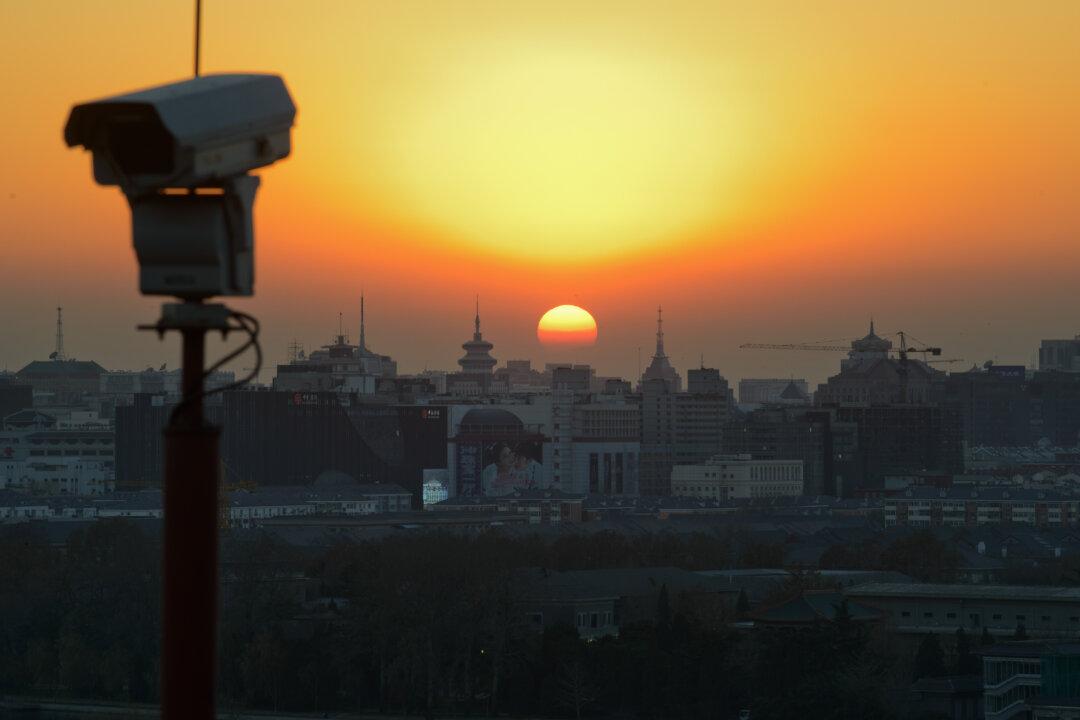Chinese authorities recently announced that they would ratchet up efforts to blanket the country’s rural areas with security cameras, extending the kind of high-tech, AI-enhanced surveillance used against city residents to the rest of the populace in remote towns and villages.
Chen Yixin, the secretary-general of the Political and Legal Affairs Commission—the Party organ that commands China’s security apparatus—hinted at the planned escalation during a national project meeting on June 21 in Beijing. He said that there are plans to cover all of the countryside with cameras by 2020 in order to “fully control from beginning to end.”





